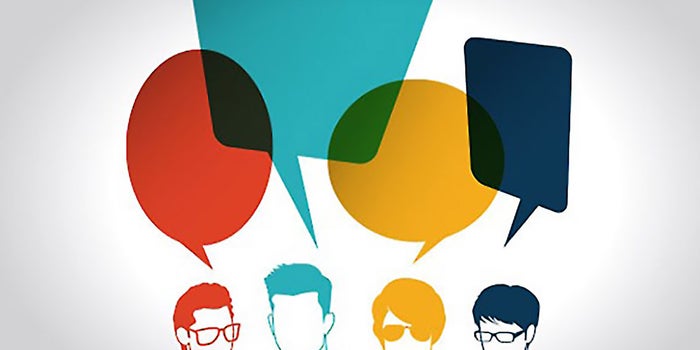
The best leaders understand that the current success of their business, and any future innovation, depends upon the “deep smarts” of their employees — the business-critical, experience-based knowledge that employees carry with them. Leaders with a passion for developing employees’ skills, and those who understand the need to transfer knowledge among generations of workers, know how important it is to link in-house education to strategic planning.
Take architectural and engineering firm EYP as an example. Leila Kamal, vice president for design and expertise, not only reports to the CEO but also is a member of the board. An architect herself, she brings great credibility and visibility to programs of learning and knowledge exchange. An early in-house program called A16 treated 16 junior architects to 16 weeks of intensive training, including knowledge mentorship from highly experienced architects. The educational concepts developed in that program have since evolved into a larger learning program called EYP University, which provides an average of 20 courses a year for architects, engineers, and a combination of the two. Instructors combine traditional lectures with hands-on activities, including challenging participants to solve a difficult problem before they are presented with the solution. This mode of learning embodies what educational researcher Robert Bjork call “desirable difficulty,” compelling learners to fully engage mentally to discover nonobvious answers to problems. Senior thought leaders who are mentors at EYP have to submit a learning plan for their mentees, describing not only goals but also specific tasks the learner will undertake, such as a client presentation. The learners, in turn, provide performance evaluations on their mentors’ skills as a mentor or on their ability to teach and share knowledge through the EYP U curriculum. Moreover, the mentoring flows “up and down” — from juniors to seniors, as well as vice versa. For example, new hires tend to come in knowing building information modeling from school, and can tutor experienced designers and architects in how to incorporate their deep practical knowledge into the software.
Despite its relatively small size (about 600 employees), EYP also supports in-house research projects proposed by employees, which are selected through a competitive process. These knowledge-generation projects, always aimed at solving a challenge faced by clients, are intended to help differentiate EYP from competitors. For example, one such project focuses on the interaction between a building’s functionality and the well-being and productiveness of its occupants. Another aims to create flexible environments that can be adjusted in response to information gathered by sensors placed around the building that record how people are using a given space. For example, temperature and lighting in a room could lower or raise depending on how many people are present and whether they are viewing a presentation or reading.
Contrast the example above with an organization where one manager noted: “I think we are very good at managing information, but not very good at managing knowledge.” It’s an astute observation. Knowledge differs from information in that the former is at least partially based on experience. Organizations that are proactive about managing the flow of knowledge focus on several potentially essential ingredients to future success, such as:
- Retaining experience-based know-how, including not only technical knowledge but also so-called “softer” skills, such as project management and maintaining critical relationships inside and outside the organization that have been built up over years. For example, many top sales people know clients personally; subject matter experts know others in their field. Such trusted relationships facilitate communications and speed decision making.
- Helping mentors pass along their expertise more effectively and helping mentees learn more efficiently. Mentors can teach through practical problem sets and hands-on diagnoses instead of lectures and presentations. Newcomers can learn more efficiently by keeping “learning logs” that chronicle their experiences and through scheduled feedback sessions with their mentors.
- Encouraging reverse mentoring from newcomers to elders, such as having newcomers tutor experienced personnel in social media.
- Generating new knowledge by conducting research, benchmarking, or bringing in “resident” artists or scientists whose interactions with employees can spark creativity.